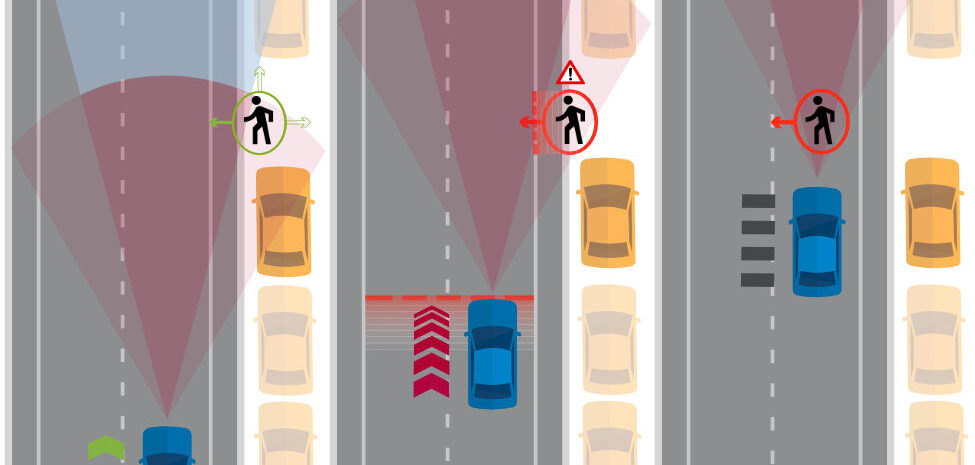Sensor fusion specialist Baselabs has introduced a new release of its modular, ISO 26262-certified software library for the development of data fusion systems for automated driving functions.
Baselabs Create Embedded 8 now supports distinct models for different types of dynamic objects in its software development kit (SDK). As a result, developers of ADAS control now have access to features such as a constant velocity model for pedestrians and a constant curvature model for vehicles. If an object is not yet assigned to a class, for example during initialization, multiple hypotheses with different models can be created. Baselabs states that with the introduction of multiple-models support, the reliability of predicting movements of different object classes increases. As a result, the measurement association and the overall performance of sensor fusion can be improved.
“With the new multiple-models support in Baselabs Create Embedded, sensor fusion systems with even higher reliability can be realized,” said Robin Schubert, CEO of Baselabs. “By licensing the library, development teams can focus on designing differentiating features and reduce time-to-market for their applications. Maintenance efforts for in-house-developed software are eliminated.”
The Create Embedded data fusion library provides sensor fusion algorithms for combining data from radar, camera and lidar sensors. Developers can configure the data fusion of sensors from a wide range of manufacturers with graphical support and generate a consistent object list of the vehicle environment. This list serves as an input for downstream algorithms and ADAS functions.
As a white-box solution, the library offers self-contained C code for ECUs such as Infineon Aurix or ARM Cortex, among others, and is safety-certified up to ASIL B. The inclusion of presettable height models and spaces in the SDK are further features of Release 8.0, while there is also the option to use categorical values in the association in addition to other quantities to improve their quality and better separate objects that are close to each other.


